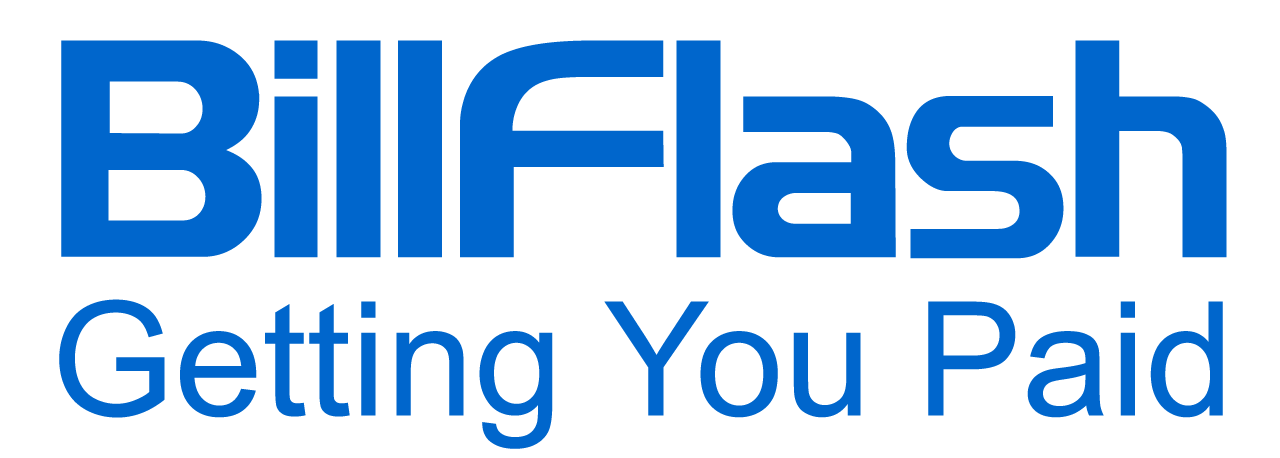Access to dental services is harder than ever due to rising costs. Here are some strategies to help patients who can't afford dental care.
When it comes to dental care, we're constantly standing in front of new challenges that reshape our reality. For example, dental care costs continue to rise, making access to care harder than ever. This imbalance highlights a critical issue and brings up the question: How do we ensure dental care remains accessible to all in the face of never-ending challenges?
When a patient walks into a dentist's office, it generally means they require some type of dental care. But what often goes unnoticed is the dental provider's real desire to deliver that care. There is a deep professional commitment to delivering high-quality dental care, spearheaded by principles prioritizing patient well-being. Many dental providers are on a mission to remove any barrier that compromises their efforts to achieve prime dental health outcomes for all patients.
One of those barriers that needs to be removed is the financial barrier. More and more patients are putting treatment off, canceling appointments, or not even giving treatment a second thought due to dental care costs. This leads to a rise in declination rates. And this trend reflects an imbalance where there are more denials than approvals for dental care services.
What's the solution? Introducing innovative financial models that make dental care costs more manageable. Once more dental care providers adopt this type of concept and put it into action, the patients will be better positioned to become consumers.

Understanding the Financial Barriers
The ADA Health Policy Institute reports that among adults aged 19-64, 61.4% have private dental insurance and 15.7% receive dental benefits through Medicaid. This leaves a significant portion (22.8 percent) of the population without proper dental coverage.
Without dental coverage, one's ability to afford and receive dental treatments and preventive care is greatly impacted. A KFF study revealed that 35% of adults avoided or delayed dental care within the past year due to cost concerns. That same study revealed that adults in families earning less than $40,000 a year are more likely to have unmet dental needs because of cost compared to families earning over $90,000.
However, even households with health insurance can struggle with dental care costs due to limited benefit coverage, high copays, and deductibles. As out-of-pocket dental care costs rise faster than a family's income grows, more patients will delay or skip treatment.
Routine preventive services are often the first type of care taken out of the budget when finances are tight. But minor issues left unaddressed turn into more serious and costly issues over time. Patients then find themselves in the emergency room with infections or in need of extensive restorative work to fix problems that could have been avoided altogether with regular dental checkups.
The consequences of reducing or skipping dental care are significant. Poor oral health is associated with a higher risk of diabetes, heart disease, and some cancers. It also damages self-esteem and quality of life. For children, lack of access to a dentist in their early years contributes to a lifetime of oral health issues. Communities and the health care system as a whole also feel the impact through higher costs associated with treating preventable conditions that worsen over time.

Implementing Flexible Payment Plans
Offering payment options, no-interest plans, credit options, and more can significantly improve affordability. One of the most effective strategies to reduce barriers to dental care costs is implementing flexible payment plans. Just as flexible payment plans make it possible for someone to pay off an air conditioning unit or refrigerator over time, patients without dental insurance should have access to options that allow them to manage and pay for necessary dental care over time.
Allowing patients to spread payments over weeks or months lowers the upfront burden compared to lump-sum costs. Consider implementing different payment plan options to accommodate different budgets.
Low-Interest and No-Interest Plans
Offering low or no-interest financing serves cost-sensitive patients because low-interest financing allows them to take care of their dental needs while maintaining financial health. Let's say you offer a patient a no-interest plan for 3 months — the “no interest” tag allows them to spread out their dental care costs over 3 months without paying extra fees for borrowing money. This empowers them to manage their dental expenses more flexibly and encourages them to move forward with the necessary treatments.
Credit Options
Also, partnering with third-party financing companies can offer additional payment options for patients, including patients placed in the lower credit score ranges. For example, with BillFlash FlexPay, 90% of applicants are approved, and there are qualifying terms for those with credit scores as low as 500. Since the third-party financing company you choose to partner with takes on the lending risk while managing payment processing, this saves your practice time while offering patients more choices. Look for partners that provide customized portals, digital integration, and patient support.
Offering Sliding Scale Fees and Discounts
For patients without insurance or with very low income, sliding scale fees make care more affordable. If you choose to introduce sliding scale fees, set a baseline fair fee for each service reflecting your dental care costs. Then, create 3-5 tiers linked to percentage discounts off the baseline.
For example:
- Under 150% of federal poverty level: 60% discount
- 150-250% of poverty level: 40% discount
- Over 350% of poverty level: baseline fee
Income can be verified using recent tax returns and pay stubs. Sliding scale structures allow you to deliver dental care based on a patient's ability to pay. Discounts for uninsured patients or those who pay upfront instead of financing can also lower dental care costs.
Consider the following:
- Uninsured patient discounts of 10-20% off standard fees
- 10% discounts for prepaid packages of preventive services
- 5-15% discounts for paying in full upfront instead of financing
Make sure discounted fees still cover your practice's costs at a minimum. While discounts impact your dental practice revenue, more patients looking for preventive dental care can reduce uncompensated emergency treatment over the long run.
Partnering With Charitable Organizations and Programs
Connecting patients to charitable assistance programs is another way to reduce the barriers to dental care costs. Medicaid and CHIP plans cover dental care for qualified children and some adults depending on state guidelines. Affordable Care Act plans also include pediatric dental benefits. Help patients with enrolling and educate them on using benefits. Become an in-network provider to maximize reimbursement.
A range of national and local charitable organizations help underprivileged patients with grants or access to reduced-cost dental services:
For example:
- Dental Lifeline Network connects patients with volunteer dentists and provides disability income-based grants.
- America's Dentists Care Foundation partners with clinics to help provide care to low-income patients at reduced rates.
- State/local foundations may offer grants and vouchers for free dental care.
Consider holding annual community outreach events to provide free or discounted services. You may even be motivated to donate a portion of future appointment slots to underprivileged patients. These initiatives show your commitment to expanding access to dental care, while also offering significant community exposure. Consumers love to get behind a brand that supports their community.

Enhancing Patient Communication
Communicate costs and payment options from the initial consultations through the final billing stage. Provide estimates before treatments and give patients enough time to consider all options for paying dental care costs. Discuss discounts, sliding fees, payment plans, insurance coverage, and financial assistance programs.
Offering financial counseling services can help patients make the best decision based on their situation. Financial counselors can work with them to develop a plan that fits their budget, ensuring they get the care they need without added financial stress.
Encouraging Preventive Care
Preventive dental care like routine cleanings, oral cancer screenings, and sealants offer significant long-term cost savings by preventing extensive restorative treatments. But when finances are tight, patients often cut back on preventive visits. Make oral wellness affordable through:
- Package deals for services like 2 annual cleanings, exams, and X-rays
- Free oral hygiene instruction and dental screening days
- Patient education through brochures, social media, and newsletters on prevention value
By raising awareness about the benefits of preventive care and providing patients with the knowledge and tools to maintain optimal oral health, practices can foster a proactive approach to dental care. This change in mindset can lead to improved patient engagement, better dental treatment outcomes, and a more sustainable financial model for patients and practices.

Leveraging Technology for Efficient Billing
Automating billing and payment processes enhances affordability. Dental billing technology, like BillFlash, integrates with your existing practice management solution and streamlines the patient billing and payment process. This simplifies creating accurate patient statements, collecting payments, and offering patients better choices for paying dental care costs. With BillFlash, you have access to features such as:
- A convenient online patient payment portal, PayWoot, where patients can easily view and pay their bills securely from anywhere.
- One-click review and approve sending of mailed bills and electronic billing notifications sent via text and email.
- Multichannel payment options, so your patients can pay through their preferred method: in-office, over the phone, by mail, or online.
- Flexible patient financing – give your patients the option to pay their bills in monthly installments while you get paid in full upfront with BillFlash FlexPay.
PayWoot is a prime example of how technology can improve the patient experience. It offers a user-friendly platform for managing payments and making convenient transactions. This type of accessibility empowers patients to take control of their financial responsibilities and reduces the administrative workload on a dental practice's staff.
Take the Next Step With BillFlash
With billing and payment handled under one roof, BillFlash helps to empower practices to streamline their financial processes, improve patient communication, and make dental care costs more affordable and accessible for all. With features like FlexPay financing, automated billing, and the PayWoot patient portal, our tools are designed to break down financial barriers and improve the patient experience. Schedule a demo with BillFlash today so your dental practice can gain a firsthand understanding of how our tools can change the way you serve your patients.

